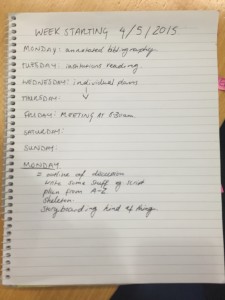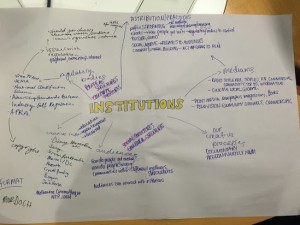As a big fan of Australian Comedy, I’ve begun to notice the real core of GREAT Australian Comedy. That is that it’s a reflection of the audience it’s broadcasted too. We’re a nation built on satire and idolising the underdog. The simple suburban family or the flamboyant house wife become so satirised by the media and the comedians who present it, that it becomes something that is iconic to us. We, as a national audience, love them because it’s us that’s being represented. We know those people, we are those people. Chris Lilley’s material wouldn’t be as popular as it is if it wasn’t so relatable. Teenagers wouldn’t love his content as much if they didn’t all know someone exactly like Ja’mie King or had a teacher like Mr G.
As a nation we’re an underdog. We’re awesome, but we’re sometimes forgotten amongst the powers of the world. But the media that is created for us, reflects what we are – simple people, no bullshit. And we love it.
My favourite Australian film of all time is The Castle. Even the way it was produced and filmed is so typically Australian. It was filmed in less than 11 days and on a budget of $750,000. That’s amazing. Something just so small about the typical suburban family becomes one of the most iconic films for Australians. Although it wasn’t acclaimed globally, I don’t think the rest of the world could understand the world in which Kerrigan’s inhabit. It focusses on the main demographic of Australians – the working class- and represents them in an accurate and entertaining way.
In my opinion, this is what we, as filmmakers, should aim to achieve – a reflection of the audience we are creating for.

